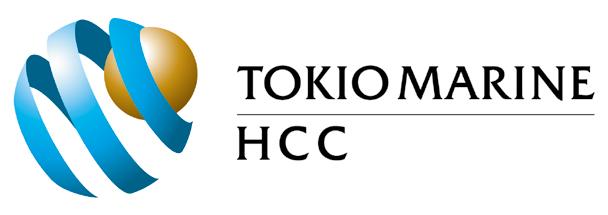The ICISA INSIDER | October 2017 | INTERVIEW
Interview with Bert Zandvliet, Senior Risk Underwriter MunichRe
“What else is new?” The trade credit insurance industry has seen various developments since the last credit crunch. Based on his thirty year career within trade credit insurance, Bert Zandvliet is able to value the impact of the changes and the effects on the current state of the industry. He clearly identifies major changes over the years, but notes at the same time the basics of the industry will always be the same, ”What else is new?” The last credit crunch impacted the perception of the
freedom to take decisions regarding for example pri-
trade credit insurance market, Bert notes. “The financial
cing, level of credit limits, percentage of cover, etc. “The
crisis had a strong impact on different sides. Some (po-
freedom to maneuver for the insurers to manage the
tential) policyholders and exporters became skeptical
parameters available in a very competitive arena is more
about the trade credit insurance product, as they felt
than before restricted by internal and external guidelines
the product was not always available for them during
and requirements. Additional to that, the economic role
the crisis, a period in which they felt they really needed
of trade credit insurance, especially in exports, is seen
it. On the other hand, insurers and reinsurers were very
clearer by the public in general and issues like sanction
exposed during the crisis, underpinning the importance
regulations, also as a political instrument, have again
of careful and conservative risk underwriting. This
resulted in more complexity in our business.”
certainly led, and is still ongoing, to more profound attention for elements such as risk analysis and accumulation control.” As a third angle, Bert identifies the changed role of supervisory authorities. “Be it national or international, the importance of stricter regulation and supervision, aimed at stability in the market and protection of involved parties, was and is seen.”
“in general clients of trade credit insurance companies have become more demanding”
“The freedom to maneuver for the insurers to manage the parameters available in a very competitive arena is more than before restricted by internal and external guidelines and requirements”
Bert furthermore identifies some significant structural
14
changes that the industry has dealt with as a conse-
The current state of the industry
quence of the credit crunch. “In combination with global
Looking at the current situation of the global trade cre-
developments and risk awareness, one could say that
dit insurance industry, Bert notices a more competitive
in general clients of trade credit insurance companies
market which results in pressure on the quality of deals
have become more demanding. Where for instance
that are offered to the market. “As leading reinsurance
fire insurance is bought because one does not want to
player in the trade credit insurance industry, we clearly
carry the risk by oneself , trade credit insurance has in
notice increased competition between trade credit
most cases been a protection where the potential buyer
insurers in many markets. In individual countries, but for
calculates the benefits against the costs. This tendency
instance also in the London market, where the number
has become ever stronger in the last years.” At the
of participants in credit and related lines is larger than it
same time Bert notes that insurers are as a consequen-
has ever been before. One can see that this has had an
ce of the changed market conditions, limited in their
effect on the behaviour of potential policyholders and








